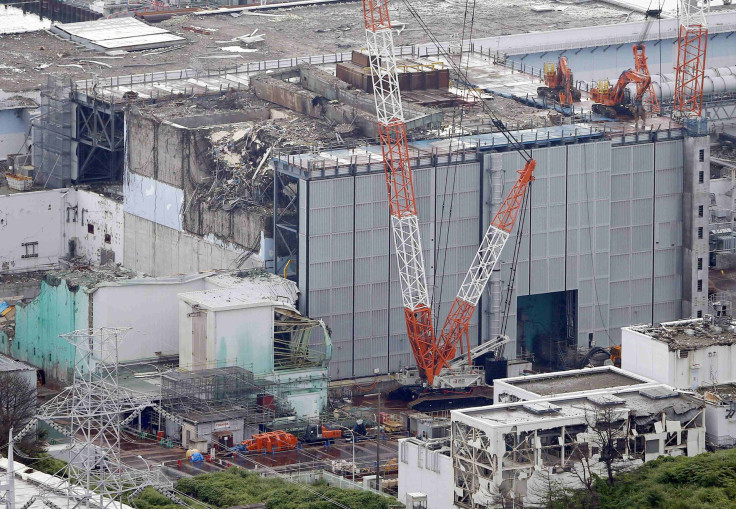Tepco, Operator of Japan's Fukushima Plant Admits Leakage Of Contaminated Water To Pacific Ocean; More Steam Spotted At Nuclear Facility, Earthquake Reported In The Region

Radioactive ground water from Japan's Fukushima Daiichi nuclear power plant had likely been leaking into the Pacific Ocean, Tokyo Electric Power Co., or Tepco, operator of the crippled plant admitted on Monday.
It is the first time Tepco has officially acknowledged that contaminated water from the plant may have been reaching the sea, although several studies and findings from the country’s nuclear watch dog have confirmed the leakage after the March 2011 tsunami badly damaged the facility.
“Now we believe that contaminated water has flown out to the sea,” Masayuki Ono, Tepco's general manager, said at a news conference in comments broadcast on Japan's public NHK television. "We would like to offer our deep apology for causing grave worries for many people, especially for people in Fukushima.”
Tepco said that the contaminated water from the reactors is seeping through ground water channels before flowing into the sea. However, water sample tests showed that the impact of the leakage appeared to be controlled by silt fences built around the crippled nuclear reactors, as there was no significant rise in the levels of radioactivity in the sea water, the company said.
In order to prevent further seepage of ground water to the ocean, Tepco is injecting chemical sodium silicate into part of the seawall separating the sea and the nuclear power plant, which will solidify a larger part of the seawall with the chemical, Reuters reported.
Adding to the woes of the plant operator, which is struggling to contain radioactivity at the crippled plant, its workers, on Tuesday, reported steam from inside the No. 3 reactor building for the second time in a week. Tepco has said it is investigating the cause of the steam after suggesting rain water could have been a source for the steam.
Meanwhile, a magnitude-4.5 earthquake hit Iwaki province, which is 74 miles east of Fukushima. While local authorities did not issue a tsunami warning, the U.S Geological Survey, in a statement, warned of possible aftershocks in the region.
The present acknowledgement from the plant operator has underlined concerns raised by Japan’s Nuclear Regulation Authority, which last week said that radioactive water from the nuclear plant may be leaking into the Pacific Ocean. Its experts had found high levels of cesium in samples taken from coastal sea water and the pit water near the facility.
The agency had ordered Tepco to investigate the possibility of a leak, but Tepco at the time had sought to downplay the risk, saying there was no sufficient evidence to link the high levels of cesium to a leakage from the nuclear facility.
Nonetheless, the company had admitted, in April, that close to 120 tons of radioactive water may have leaked into the surrounding ground from a storage tank at the nuclear plant. And, earlier this month, the company's tests on ground water samples showed that levels of cesium-134 had increased by more than 110 times in a few days.
The Fukushima facility was hit in March 2011 by one of the worst nuclear disasters since the Chernobyl accident in 1986, after a giant tsunami triggered by a magnitude-9.0 earthquake ravaged the nuclear plant, and damaged its back-up generators and cooling system, leading to a meltdown of its reactors.
© Copyright IBTimes 2024. All rights reserved.






















